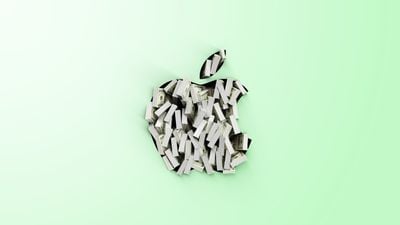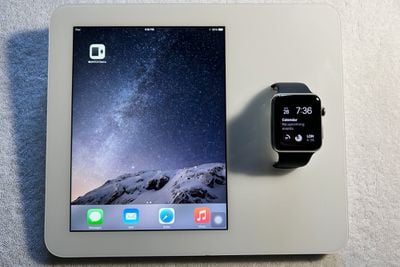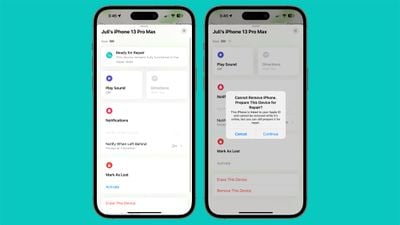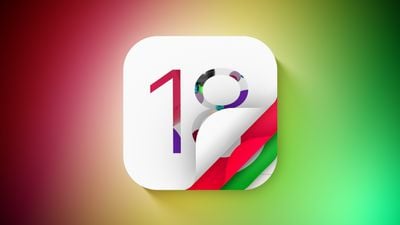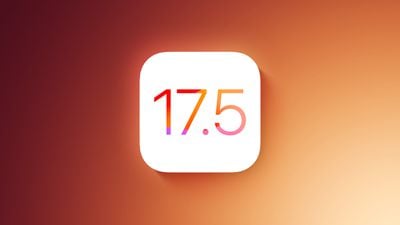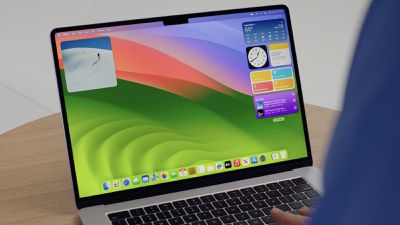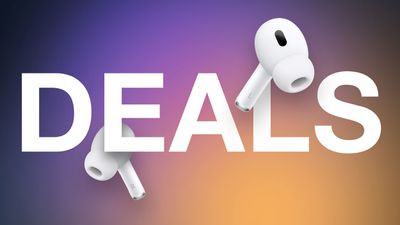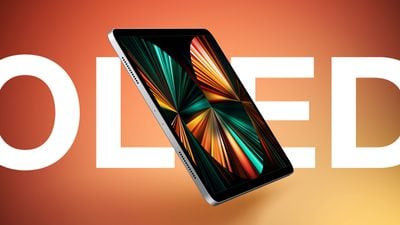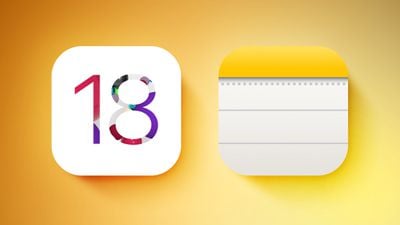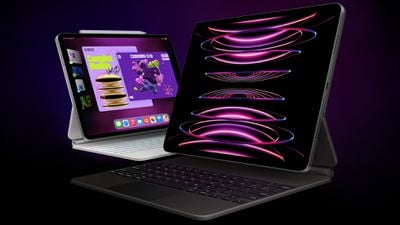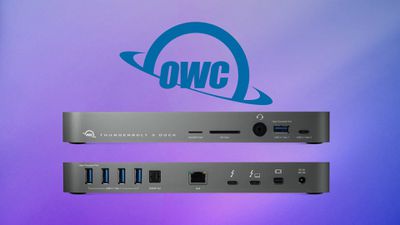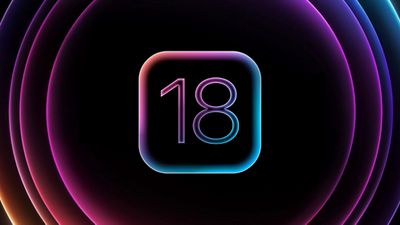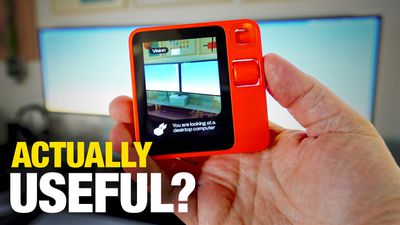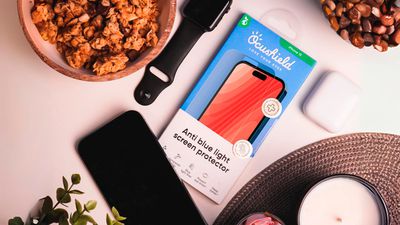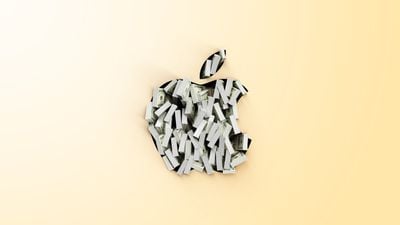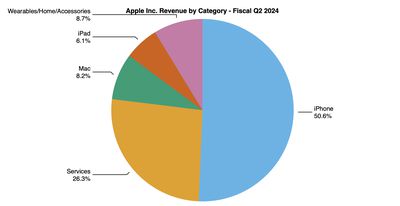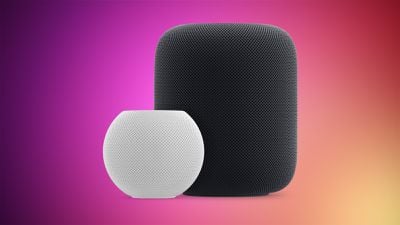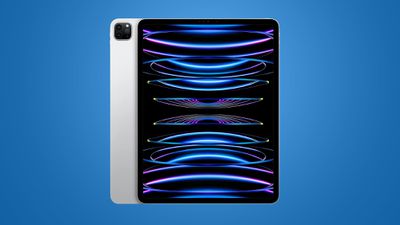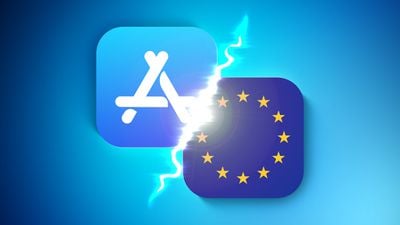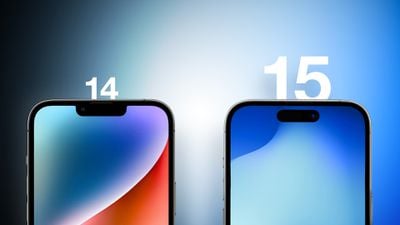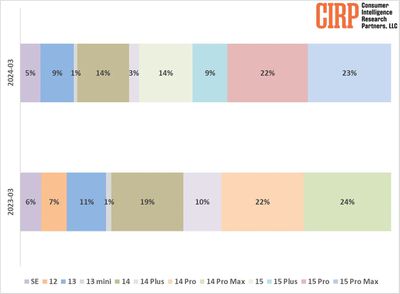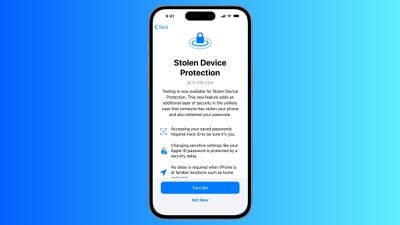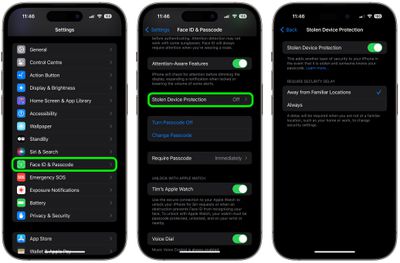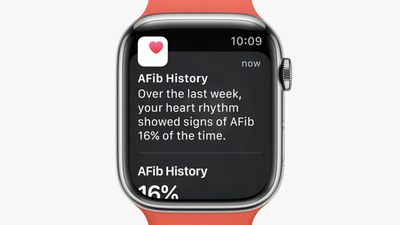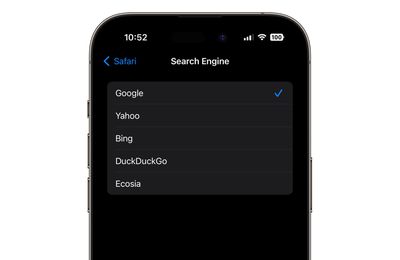Apple is working to introduce a new fourth-generation Apple silicon chip across the Mac lineup, and while the first M4 Macs are coming in 2024, the MacBook Air won't get updated until 2025.
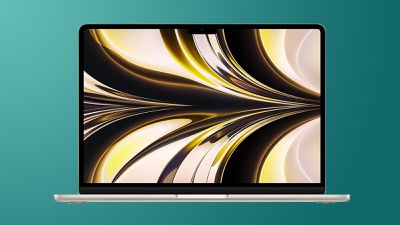
This guide highlights everything that we know about the next-generation MacBook Air so far.
M4 Chips
The 13-inch and 15-inch MacBook Air models were just updated with M3 chips in March 2024, so it's no surprise that they're not going to be the first devices to get the M4 chip. Apple plans to wait until 2025, so there will be about a year between the M3 and M4 chip lineups.
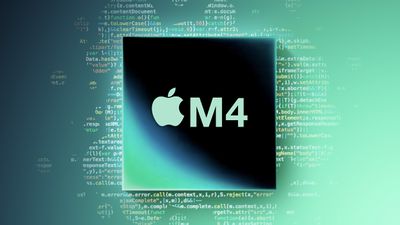
Rumors suggest that the M4 chip will have a focus on artificial intelligence to support AI features that are coming with the next round of software updates. Most AI talk has been about iOS 18, but Apple is expected to roll out AI integrations across its platforms. The M4 chip is expected to have a Neural Engine with more cores, with the Neural Engine handling AI and machine learning tasks. The M3 chip has a 16-core Neural Engine.
While Apple is working on M4, M4 Pro, M4 Max, and M4 Ultra chips, the MacBook Air models are expected to get only the standard M4 chip. There will likely be at least two variants of the M4, with the difference being the number of GPU cores. For the current MacBook Air, for example, the base M3 chip has an 8-core GPU, but there is also a 10-core GPU option. The M3 CPU is the same for all versions, and that should be the case with the M4 as well.
The M4 will be built on Apples 3-nanometer process, much like the M3. There won't be as big of a performance improvement between M3 and M4 as there was between M2 and M3 because there's no change in node size, but we can still expect modest GPU and CPU speed boosts.
Design
Apple overhauled the MacBook Air design in 2022, and we're not expecting the design to be tweaked with the 2025 refresh. Apple often waits several years between design changes, and there are no rumors that there will be a refreshed look.

Apple is likely to stick with the 15.3 and 13.6-inch size options, and we can expect to see the same flat, MacBook Pro-style body with Force Touch trackpad, and display with notch. As of now, it looks like the 2025 MacBook Air refresh will be focused on internal updates.
Launch Date
According to Bloomberg's Mark Gurman, the MacBook Air will get an update in the spring of 2025. Spring starts on March 20, 2025, and ends on June 20, 2025.


